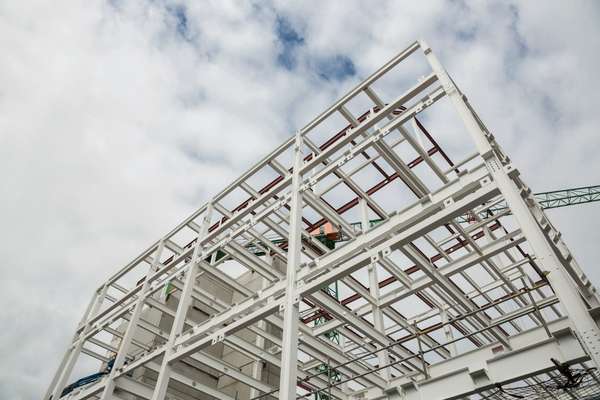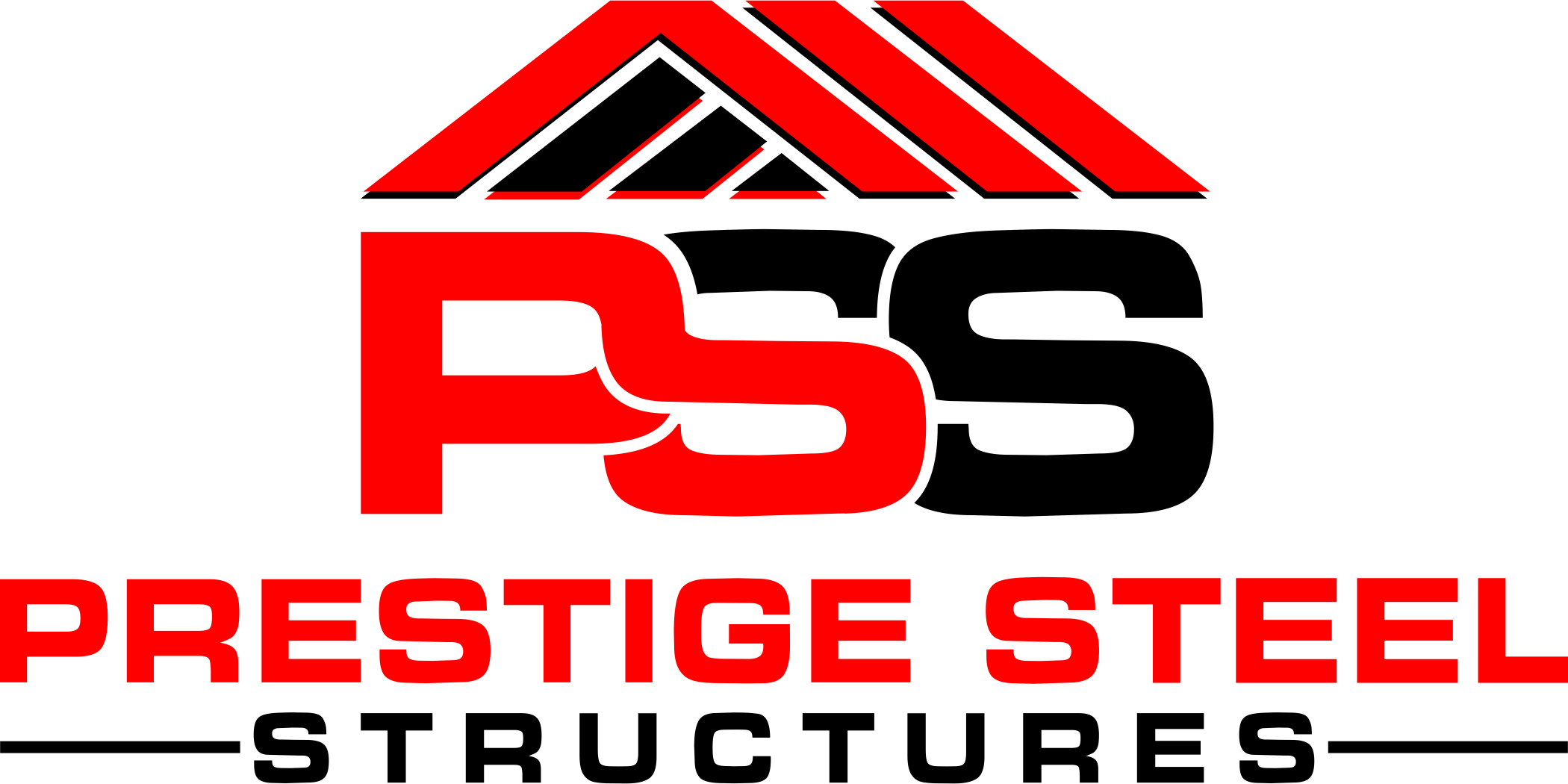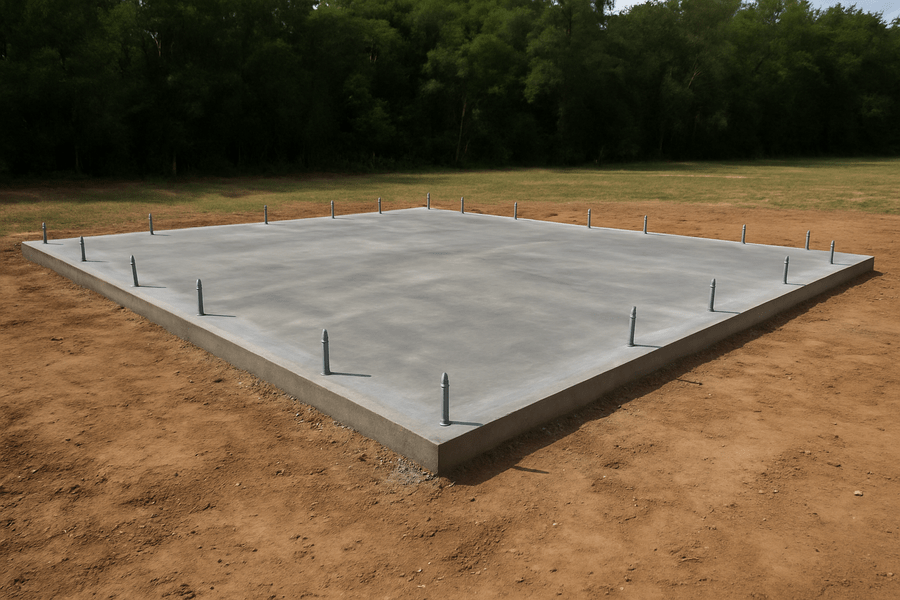When building a metal building like a workshop, garage, barn, or commercial space, one important choice is whether to include a concrete slab. This decision affects how strong and long-lasting your building will be. It also influences future maintenance and how well the space functions over time.
Choosing to pour a concrete slab offers many benefits. It provides a solid, level base that supports the structure evenly. This helps prevent shifting or settling, which can lead to damage. A concrete foundation can also protect your building from moisture and pests.
In this blog, we’ll explore why adding a concrete slab is often a smart investment for metal buildings. We’ll also look at the key advantages it brings and suggest a few other options if pouring concrete isn’t suitable for your needs. Knowing your foundation choices helps you build smarter and avoid costly problems later.

Why a Concrete Slab Is Important for Your Metal Building
Choosing the right foundation is a key part of planning any metal building project. A concrete slab often provides the best support. It improves strength, protects your building, and lowers long-term maintenance needs. Let’s explore why concrete slabs are popular and what other options you can consider if needed.
1. Keep Your Building Stable and Secure
A concrete slab creates a level and durable base for your building. It spreads the structure’s weight evenly across the ground. Without this support, buildings can shift or settle over time. These issues can lead to cracks, warping, or costly repairs. Concrete helps prevent movement caused by unstable or uneven soil. It adds long-term peace of mind for any type of structure.
2. Protect Your Building from Moisture Problems
Moisture is a common issue for metal buildings, especially in wet or humid climates. A slab lifts the structure above ground level. This keeps rainwater from entering the base of the building. It also helps stop rust, corrosion, mold, and mildew from forming. These problems can damage both the building and anything inside. A dry interior means better protection for tools, equipment, and supplies.
3. Improve Temperature Control Inside
Concrete naturally helps regulate indoor temperatures throughout the year. It absorbs heat during the day and releases it slowly. This helps keep the space cooler during hot days and warmer during cold nights. As a result, you may save money on heating and cooling. A slab also reduces airflow gaps that can cause drafts or heat loss. Comfort and energy savings go hand in hand with this foundation type.
4. Make Your Building Stronger and Easier to Maintain
Concrete adds strength to your building and supports heavy use. It won’t sink or shift under vehicles, tools, or machinery. The smooth surface also makes cleaning quick and easy. Dirt and spills can be swept or mopped with little effort. Unlike gravel or dirt floors, concrete won’t wear down or develop uneven spots. This makes it ideal for garages, workshops, and storage spaces.
5. Understand Other Foundation Options
Gravel foundations are simple and cost-effective for small buildings. They drain water well and are easy to install. However, they offer less support and insulation than concrete. Over time, gravel may shift or compact under weight.
Pier and beam foundations use concrete piers or blocks to hold up the building. Beams sit on top to support the frame. This method allows airflow underneath and makes it easier to access plumbing or wiring. It is useful on uneven land but may require more upkeep.
Concrete footings with a raised floor offer another option. This uses concrete poured at key points with a framed floor on top. It provides solid support without the cost of a full slab. It is a good solution when some concrete is needed but not across the entire floor.

How to Decide Which Foundation is Best for Your Metal Building
Choosing the right foundation is one of the most important parts of planning your metal building. The type of foundation you choose will affect your building’s strength, durability, comfort, and overall performance. To make the best decision, you need to look at several key factors, including your soil, budget, building purpose, and local climate. Reviewing the various foundation types will help you avoid future problems and unexpected costs.
Check the Soil Conditions First
Start by testing your soil before deciding on a foundation. A soil test will show how stable and compact the ground is. It also checks how well the soil drains water during heavy rains. Poor drainage can lead to water pooling under your building. If the soil is soft or loose, it may shift over time and damage your foundation. In such cases, a concrete slab or a pier system may be more reliable. Solid, well-drained soil may allow for simpler foundations like gravel.
Think About the Size and Use of the Building
The size of your metal building plays a big role in foundation choice. Larger buildings usually need a stronger and more stable base. If you plan to use the space for storage, heavy equipment, or frequent work, go with a concrete slab. This type of foundation supports weight evenly and handles wear better over time. Smaller buildings like sheds or tool rooms may do well with gravel or piers. The more often you use the building, the stronger the foundation should be.
Set a Realistic Budget for Your Project
Budget is a major factor when choosing a foundation. Concrete slabs cost more at the start but need less repair later. They also help lower energy bills and reduce maintenance. If your budget is limited, gravel or pier foundations might save you money at the beginning. However, they may lead to added costs over time from shifting, settling, or water damage. Always compare short-term savings with long-term durability.
Consider the Climate in Your Area
Your local climate affects how well your foundation holds up over time. In rainy areas, water can seep into the base and cause corrosion or mold. A concrete slab creates a seal that keeps moisture out. In hot and cold areas, concrete also helps regulate temperature inside the building. It absorbs heat during the day and releases it slowly at night. This reduces stress on your heating and cooling systems and protects your building from extreme weather.
Match the Foundation to Your Long-Term Goals
Think about how long you want the building to last and how you plan to use it in the future. If the building is a long-term investment, it makes sense to choose a solid, low-maintenance foundation. Concrete is the best option for buildings meant to last many years. If you expect to expand or relocate the building later, a pier or gravel system might give you more flexibility. Make sure the foundation supports both your current and future needs.
Conclusion
Deciding whether to pour a concrete slab for your metal building depends on your project’s size, purpose, and future use. The type of foundation you choose plays a major role in how well your building performs over time. It also affects durability, stability, and maintenance needs.
Concrete slabs are a strong and reliable option for most metal buildings. They provide a solid, level surface that supports heavy loads. A concrete slab helps prevent shifting and settling by distributing the building’s weight evenly. It also protects against moisture, reduces drafts, and makes cleaning much easier.
Another benefit of a concrete slab is its thermal properties. It absorbs heat during the day and releases it slowly at night. This helps control indoor temperatures and may lower energy costs. A well-installed slab also keeps pests and water from entering the building’s base.
However, not every project requires a concrete slab. In some cases, alternative foundation types may work just as well. Gravel foundations are budget-friendly and allow for quick installation. They drain water effectively and are ideal for small or temporary buildings.
Pier and beam systems are another useful option. These involve concrete piers and horizontal beams that hold the structure above ground level. They allow air to circulate under the building and offer easier access to plumbing or wiring. This type of foundation can be helpful when the ground is uneven or soft.
Each foundation type has strengths and limitations. Choosing the right one depends on how you plan to use your metal building. Consider your long-term goals, expected foot traffic, and the weight of any equipment or vehicles. A strong foundation today can reduce repair costs and extend your building’s life.
Before making a final decision, compare the pros and cons of each foundation option. Choose the one that best supports your structure’s safety, comfort, and long-term value. Careful planning now ensures your metal building performs well for many years.
Frequently Asked Questions
Can I pour a concrete slab myself or should I hire a contractor?
You can pour a slab yourself for small projects, but hiring a contractor ensures proper leveling, curing, and code compliance.
How thick should a concrete slab be for a metal building?
Most metal buildings need a slab that’s at least 4 inches thick. Heavier use may require 6 inches or more for strength.
Does a concrete slab need reinforcement like rebar or mesh?
Yes, reinforcement like rebar or wire mesh helps prevent cracking and adds strength, especially for load-bearing structures.
Will a concrete slab need insulation under it?
Insulation under a slab helps reduce heat loss and moisture buildup. It’s recommended for climate control and energy savings.
How long does it take for a concrete slab to cure before building on it?
Concrete typically needs 7 days to cure before light use. Wait at least 28 days before placing a full metal structure on top.


